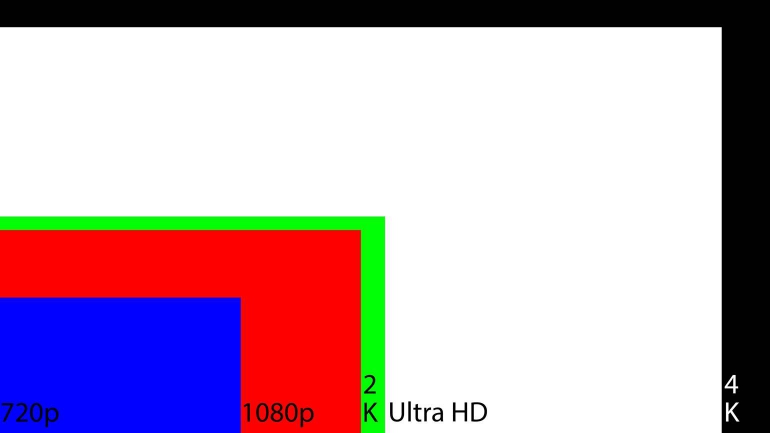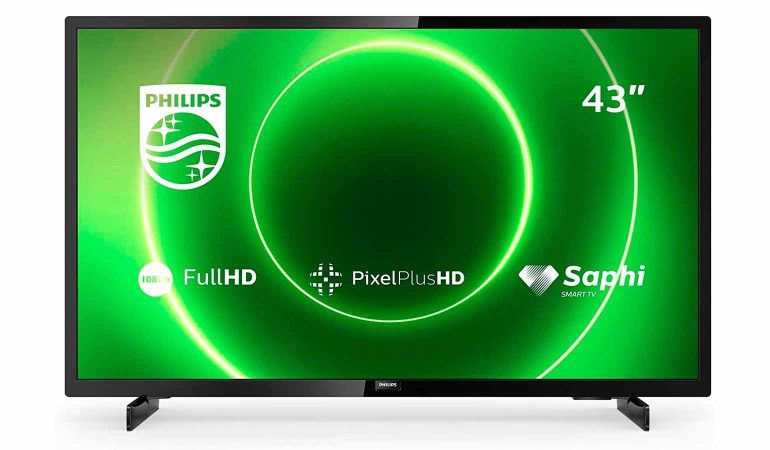TVs and Resolutions
TV (and monitor) resolutions are referred to in different ways. For example, we see the terms 1080p and full hd, 4K and Ultra HD and 8K and Ultra HD are used interchangeably. But, what resolution exactly do these terms stand for and what exactly do they mean? Let’s start with what exactly the resolution is; the number of pixels (pixels) that make up the TV image. The resolution is often referred to as the number of vertical pixels, for example 1080p. The resolution says something about the sharpness (the more pixels, the more details can be displayed) but does not necessarily say anything about the image quality. A high-resolution TV can provide a poor picture.
What resolutions are there?
At the moment, full HD (1080p) and 4K Ultra HD are the most commonly used resolutions, but before, for example, we had HD-ready (720p) and in the future we will get 8K Ultra HD. The table below lists the resolutions. pixelsUltra HD, UHD, Ultra High Definition’Cinema’ 4K4,096 by (undefined) pixels4K8K Ultra HD7,680 by 4,320 pixels8K, Super Hi Vision
720p (HD Ready)
At the moment we don’t see them much anymore, but 10 years ago only the top models of TVs were equipped with a full HD resolution. The lower models came with the 720p resolution. Various TV channels still use this resolution to broadcast, but luckily we see most broadcasters in the Netherlands broadcast in full HD. Of course there are also plenty of films and series from the earlier years that are on a disc in HD-ready resolution.
1080p (Full HD)
1080p stands for a vertical row of pixels (1080 pieces, the p stands for progressive). Almost all TVs have a 16:9 aspect ratio and then we arrive at a number of 1,920 horizontal pixels. This resolution is also called Full HD and was the most common resolution for monitors and TVs a few years ago. Now, however, that is 4K (Ultra HD). 1080p is the same as 2K, because 2K is a term used for the cinemas. 2K refers to the number of horizontal pixels (1,920 or 2,048). However, 2K is mainly used in the film industry (with a slightly different resolution), so that consumers rarely encounter the term.
1080p is the same as 2K, because 2K is a term used for the cinemas. 2K refers to the number of horizontal pixels (1,920 or 2,048). However, 2K is mainly used in the film industry (with a slightly different resolution), so that consumers rarely encounter the term. 
4K Ultra HD
The resolution that we have seen a lot since 2014 is 4K Ultra HD. And it is striking that with this term we suddenly no longer assume the number of vertical pixels, but the number of horizontal pixels. After all, the 4K Ultra HD resolution for home cinema is 3,840 by 2,160 pixels. Film studios again use a slightly different resolution and only the term ‘4K’. 4K, Ultra HD and UHD are used interchangeably for consumers but refer to the same resolution of 3,840 by 2,160 pixels. 
8K Ultra HD
The next step is 8K Ultra HD, an even higher resolution of 7,680 by 4,320 pixels. This resolution has been seen as the successor to 4K Ultra HD for a while, but the resolution is barely getting off the ground. The main reason for this is the lack of content in 8K resolution. However, you can already go to the store for an 8K television. Samsung, among others, has various models in its range, especially large models from the premium series. Despite the fact that there is still little content, these televisions can upscale lower resolution content to 8K, making it (in some cases) appear slightly sharper.
Conclusion
Due to the use of different resolutions and names, it can be difficult to see what to look for or what you have in front of you. However, most TVs today have a 4K Ultra HD resolution. It has to be said again that more pixels does not automatically mean that you get a better image quality. Many more factors influence this.
More information
Do you want to know more about buying a TV or the 4K Ultra HD resolution? Then go through our tips and advice section. For all new TVs that have been launched in the Netherlands this year, you can go to the 2022 av overview.
